What is a tear duct obstruction? Also known as “watery eyes”, tear duct obstructions occur when there a complete or partial blockage of the channels which conduct tears from the surface of the eye to the nose.
Usually tears drain away from the surface of the eye to the nose through the nasolacrimal canal. If this channel is blocked, tears accumulate in the eye and fall down onto the face as though the patient were crying.
The tear duct may become obstructed as a result of infection, injury or a tumour and in cases where it has proved impossible to remove the blockage using a surgical probe, it is possible to reopen a channel using a laser.
What happens in the operation?
The first procedure carried out is to check whether the obstruction in the tear duct can be cleared using a syringe or surgical probe.
If this is unsuccessful, a new tear duct can be reopened so that the tears can drain away. The most efficient and least invasive way of achieving this is by carrying out a dacryocystorhinostomy using a laser. A laser fibre of between 300 and 500 microns in diameter is passed through the tear duct, which is located in the eyelids in the inner corners of each eye. The whole process is guided by a tiny microcamera, or nasal endoscope which is introduced through the nose to direct the laser as it advances along the tear duct. The extremely fine laser beam bores through the lacrimal bone and opens up the obstructed tear duct thereby re-establishing the normal drainage of the tears and preventing them from spilling over onto the face.
This modern surgical technique has become possible due to the progress made recently in nasal endoscope technology and the reduced size of lasers as a result of using fibre optics.
What advantages does the use of a laser bring to the treatment of tear duct obstructions?
The technique is a significant advance on traditional methods which consisted of unblocking the tear ducts using a scalpel.
- No scarring to the patient’s face.
- It is an outpatient procedure performed with a local anaesthetic.
- Patients recover quickly after the operation and the actual intervention itself only takes 30 minutes.
- Greater number of satisfactory results obtained with laser treatment than with the traditional scalpel.
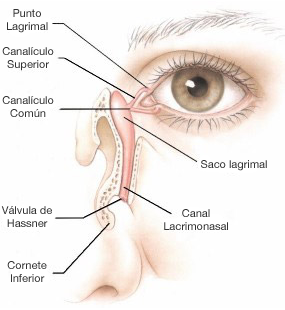
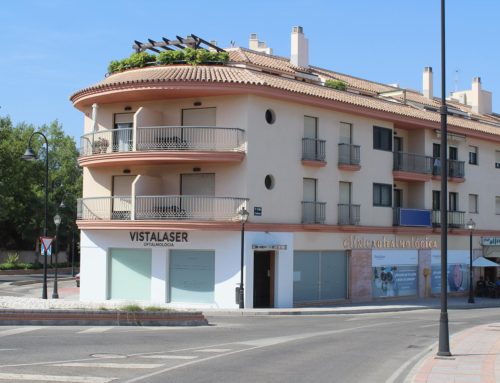
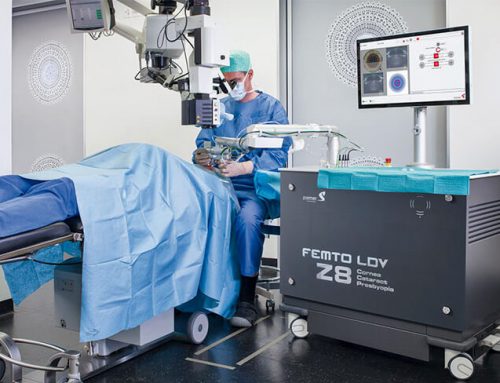
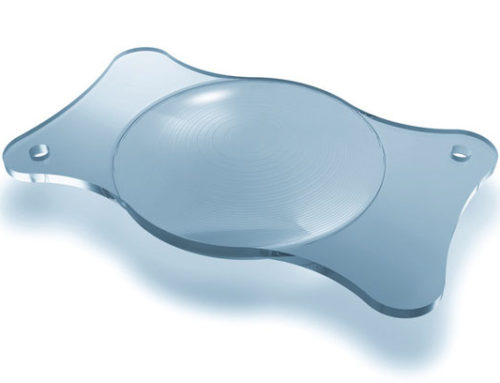


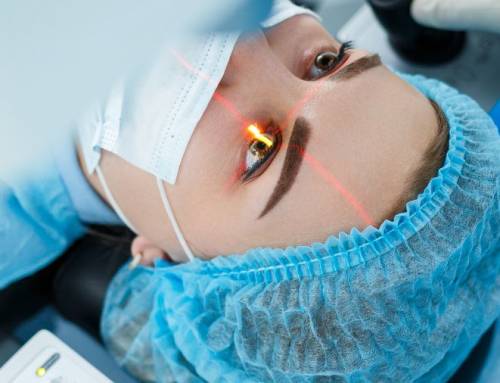
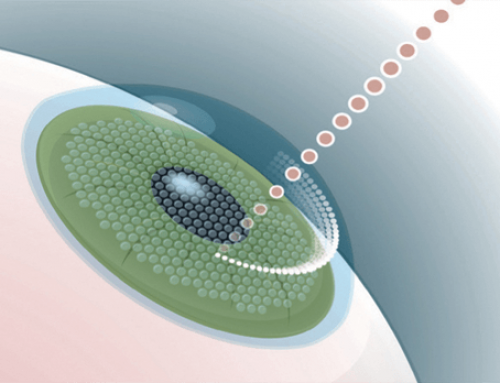
I had an eye tuck about 20 years ago and the left eye was done too tight and has been watering for a long time. I am hoping that laser can help. I am trying Accupucture right now but it is not working too well.
Shirley Werner